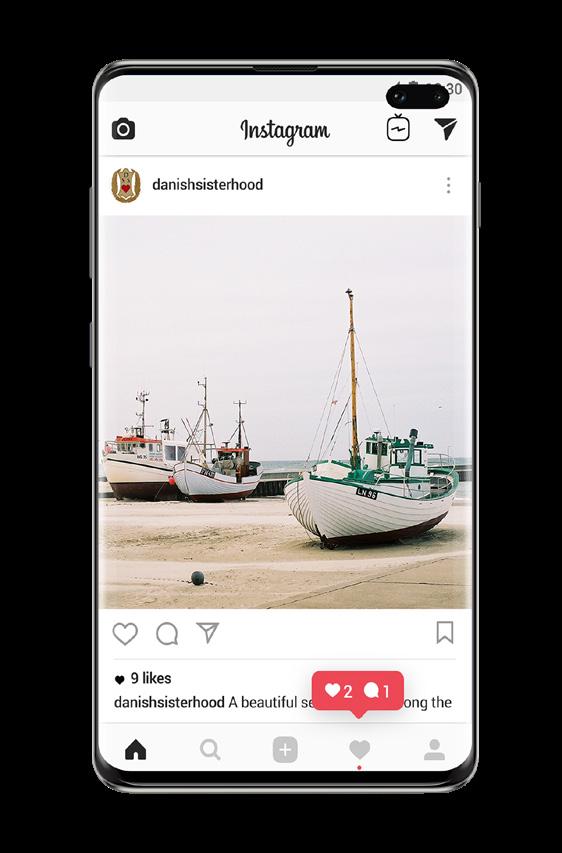Historian’s Corner
Storstrøm? Where's that!?!?
by Donna Christensen Thomas, National DSS Historian While doing Danish genealogical research and looking at peoples' online family trees they've made public on one of the major genealogy websites, I've sometimes come across "Storstrøm" as part of the place of any of the vital records attached to a person (i.e. birth, marriage, death). I wasn't familiar with that as a place, so I needed to do more research. It puzzled me further as it was associated with a significant number of places that I had been familiar with in several Danish counties. An overview of history and geography helped to answer this question. Prior to the ninth century, Denmark was organized into three areas, each with its own laws and government. Then these areas were consolidated into one kingdom until the 17th century. The three areas were Zealand (Sjælland) and the islands to the south, with Roskilde as the seat of government. Jutland (Jylland), the western peninsula and the island of Fyn had Viborg as the seat. Finally, Scania (Skåneland) on the Scandinavian peninsula, had Lund as the government seat. This area was ceded to Sweden in 1658. From 1793 to 1970 the same areas were divided into twenty-two counties (amter or singular amt ). This is most important for us today as this is likely the level one must search if doing family history research. The records for most of this time were kept by the parish minister for the vital records. One must know the county and parish (sogn). The district (herred) might also be helpful in locating the place on the map. Some people today may still refer to these locations as to what area or county their ancestors lived. The districts were divided into several parishes. The pastor may have served more than one parish so the records may be found all in one book, but usually not intermixed with another parish. Greenland is part of the Danish Kingdom, but has independent rule. The Faroe Islands declared independence from Denmark in 1948, but still are self-governing, have their own parliament, but still recognize the Danish crrown, and send representatives to the Danish Parliament. Most of us are aware of the tug-of-war Danish Sisterhood News, April 2021
of the Schleswig-Holstein areas over a very long period of time on southern area of the Jutland Peninsula and disputes between Denmark and Germany. In 1970 the 22 counties were consolidated into 15 counties and boroughs (amtskommuner or amtskommune), which were then divided into 270 municipalities (kommuner). Starting in 2007 Denmark was again reorganized into five regions with 98 municipalities. Usually we are researching prior to 1970, so that may be what we would be most familiar with if studying family history. During this time Non-conformist" religions (i.e. not Lutheran) were allowed to register vital events by the parish minister. Later the responsibility went to the central governmental office rather than the Lutheran Church. Storstrøm was one of the fifteen counties. The other fourteen counties' names at during this time period were more recognizable as larger Danish cities and islands. This area consisted of areas on the islands of Sjælland, Møn, Falster, Lolland and minor islands in southeast Denmark. It included the former counties of Maribo and Præstø. It was a somewhat artificial construction as Lolland and Falster traditionally shared more institutions with Funen (Fyn). The name is derived from the adjectives "nordenstrøms" and søndenstrøms meaning "north" and "south" of the Stream" to designate this area of the Zealand-Møn and Lolland-Falster which are separated by the strait of Storstrømmen ( meaning "The Great Stream"). When attributing places of any time and place, the place name should be that used at the time of the event. That is where the records should be located or labeled as such. Borders sometimes change, places adopt different names, places may divide with or without military disputes, but the name at the time should be used so anyone trying to recreate your research can follow your research methodology and plan and for consistency true to the period of time in question.
6



